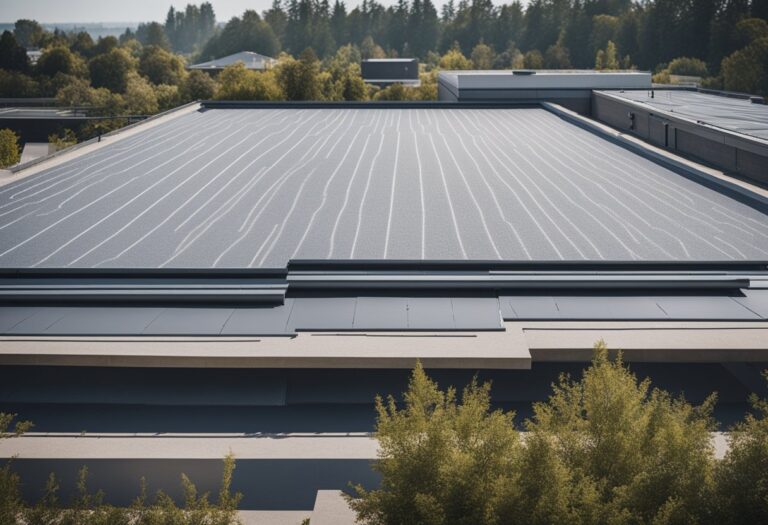As homeowners consider the many options available for roofing materials and styles, it’s worth taking a look back at some of the timeless designs that have stood the test of time. From classic shingles to elegant tile, the roofing styles of the past continue to inspire and influence modern roofing trends. In this article, we’ll explore some of the most enduring roofing styles and examine what makes them so enduring.

One of the most iconic roofing styles is the classic asphalt shingle. This style has been a staple of American homes for more than a century and remains one of the most popular roofing materials today. The simple, yet elegant design of asphalt shingles provides a clean, timeless look that complements a wide range of architectural styles. Whether you’re building a new home or replacing an old roof, asphalt shingles are a versatile and affordable option that will stand the test of time.
Evolution of Roofing Styles

Antiquity to Renaissance
Roofing styles have evolved over centuries, with ancient civilizations using materials such as thatch, mud, and stone to create shelter. The Greeks and Romans introduced clay tiles, which were later adapted by the Byzantines into the distinctive dome shapes we see in their architecture. During the Middle Ages, thatch and wooden shingles were popular in Europe, while in Asia, ceramic tiles and bamboo were commonly used.
In the Renaissance period, the use of slate became popular, particularly in Britain and Europe. The material was seen as durable and long-lasting, and its use was a sign of wealth and status.
Industrial Revolution to Modernism
The Industrial Revolution brought about significant changes in roofing styles. The use of iron and steel allowed for the construction of large industrial buildings with flat roofs. In the early 20th century, the Art Deco movement introduced new designs, with buildings featuring bold geometric shapes and intricate details.
In the mid-20th century, the popularity of modernism brought about a shift towards simpler, more functional designs. Flat roofs and clean lines were favored, with materials such as concrete and glass being used extensively.
Contemporary Trends
Today, there is a growing trend towards sustainable and eco-friendly roofing materials. Solar panels and green roofs are becoming increasingly popular, as people look for ways to reduce their carbon footprint. Metal roofing is also gaining popularity, as it is durable, lightweight, and easy to install.
In terms of design, there is a move towards blending traditional and modern styles. Contemporary homes often feature pitched roofs with modern materials such as metal or glass, while traditional homes are being updated with more modern materials and colors.
Overall, the evolution of roofing styles has been driven by changes in technology, materials, and design trends. While some styles have fallen out of favor, others have stood the test of time and continue to be popular today.
Material and Durability in Roofing

Traditional Materials
For centuries, roofing materials have been made from natural resources such as clay, slate, and wood. These materials have been popular due to their durability, fire resistance, and aesthetic appeal. Clay and slate tiles are known for their longevity and can last up to 100 years with proper maintenance. Wood shingles are also a popular choice for their natural beauty, but they require regular maintenance to prevent rot and insect damage.
Innovations in Durability
In recent years, roofing materials have evolved to include more durable and long-lasting options. Metal roofing has become increasingly popular due to its durability, energy efficiency, and low maintenance requirements. Metal roofs can last up to 50 years or more and are resistant to fire, wind, and hail damage.
Another innovation in roofing materials is the use of synthetic materials such as rubber, plastic, and asphalt. These materials are designed to mimic the look of traditional roofing materials while providing superior durability and resistance to weathering and damage. Synthetic shingles can last up to 50 years and are resistant to fire, wind, and hail damage.
Overall, homeowners have a wide range of roofing materials to choose from, each with its own advantages and disadvantages. It is important to consider factors such as durability, cost, and aesthetics when selecting a roofing material for your home.






